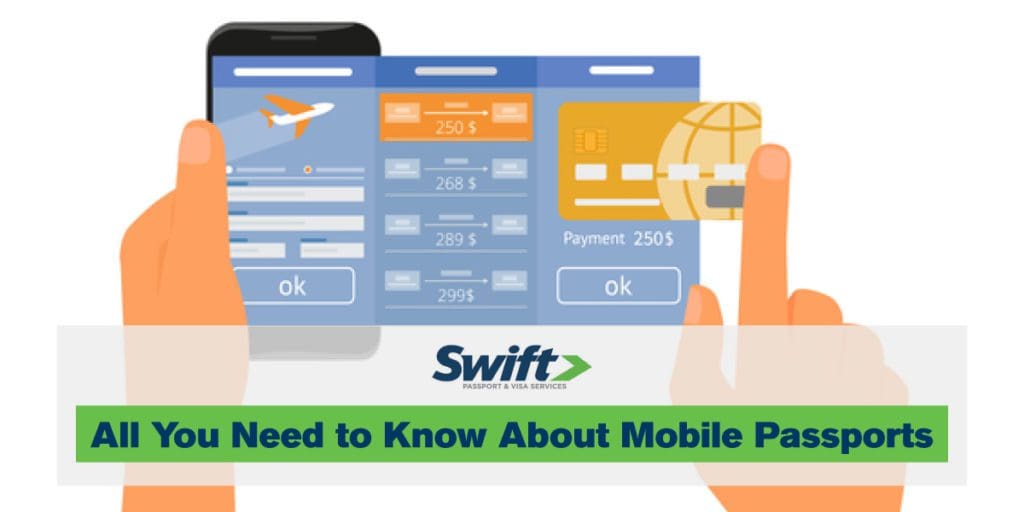After a trip abroad, standing in line for hours at the airport is the last thing you want to do. Smartphone-equipped travelers can already check in for flights, find the best lounge areas, and even order in-airport food delivery from the palm of their hand. Isn’t there a way to speed up re-entry into the country?
That question has led to the easiest and fastest way through U.S. Customs and Border Protection (CBP).
Mobile Passport creates a shortcut through the long lines of the traveler inspection process. Launched in 2014, the mobile app allows American and Canadian passport holders to submit a digital copy of declarations instead of filling out the form by hand. Simply create a profile with your passport and traveler information (including a selfie), cruise through the Mobile Passport Control express lane at customs, and scan your app’s generated QR code. You’ll still have to show your physical passport and check in with a CBP officer, but it’ll take you mere minutes to go from beginning to end.
The app is free to download off Apple’s App Store and Google Play. Officially authorized by the CBP, it’s now accepted at 3 cruise ports and 25 international airports across the U.S. (However, notable omissions include Detroit, Washington D.C., and Salt Lake City.)
The best part? It’s completely free and doesn’t require pre-approval.
How it Stacks Up to Other Trusted Traveler Programs

This probably sounds close to Global Entry.
The similar but larger CBP program also allows expedited clearance for travelers entering the U.S. — but includes a whopping 75 airports, 17 being abroad. Its millions of members must first be screened through an online application, thorough background check, and in-person interview. You’ll have to invest a non-refundable $100 fee when you apply, and pay the same amount every five years to re-enroll. The upside is that it comes with TSA Pre-Check.
Outside customs, more than 7 million travelers use TSA Pre-Check to breeze through security checkpoints at the majority of U.S. airports. Its exclusive lines are generally faster, and you don’t have to remove your shoes, laptop, liquids, belt, or jacket before going through x-ray machines.
When comparing Mobile Passport and Global Entry, think about how often you travel internationally and from which airports. Frequent travelers may not want to be limited to the 25 airports approved by Mobile Passport Control.
However, if you usually return to the same U.S. city and it’s on the Mobile Passport list, you can save a lot of time and money by avoiding Global Entry’s rigorous screening and recurring fees.
Mobile Passport is by far the most affordable and easiest option to use.
Tips to Get Through Customs Like a Pro
Since its debut, Mobile Passport has made some updates to enhance functionality and keep up with the latest tech. Here are need-to-know features to make the most of the app:
- Autofill Your Passport Information: When you set up your profile, use the Passport Scanner to read the MRZ (machine-readable zone) code on your passport and automatically fill in the data fields.
- Unlock the App with TouchID/FaceID: You’ll be asked to activate TouchID/FaceID after you set up your PIN and profile. The prompt will disappear if you dismiss it too many times, so just reset the app to bring it back.
- Use One Account for Family Travel: You can create up to 12 additional profiles to group together traveling family members of the same household. That means you’ll fill out just a single “New Trip” submission in the app when you land to cover the entire party.
- Remember the Time Limit: Once you submit the “New Trip” form to generate your unique QR code, you have four hours to go through customs. Be sure to complete this step only once you land at your destination.
Need to know more? Check out Mobile Passport Control’s general and immigration FAQs here. Or, contact Swift to see how we can help.

